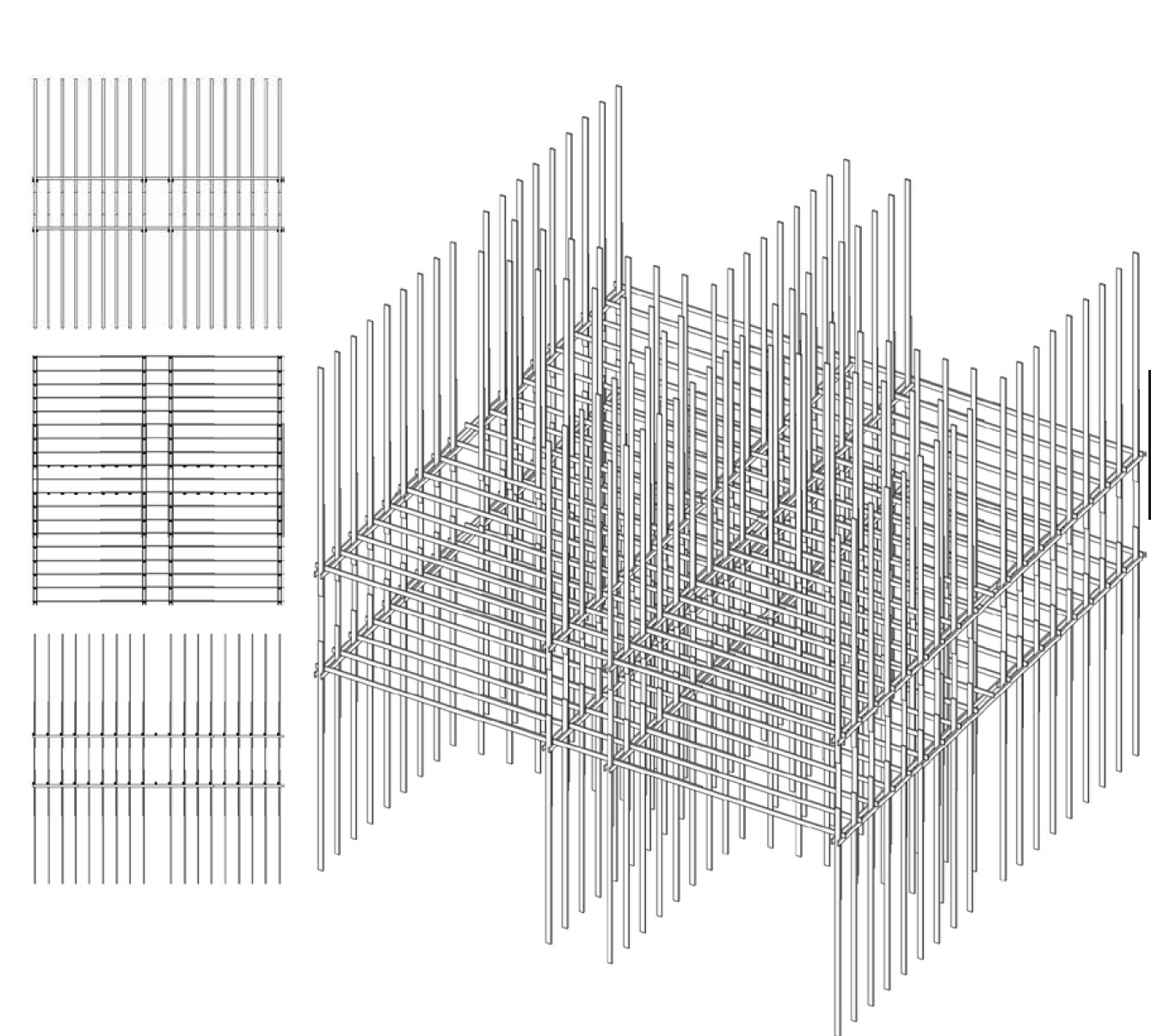Ungraspable ALICE
Downloads
DOI:
https://doi.org/10.51588/eaaeacp.20Keywords:
Merleau-Ponty, ProtoStructure, prefabrication, collaborationAbstract
What we call visible is (…) the surface of a depth, a cross section upon a massive being. — Maurice Merleau-Ponty
If, as stated by the French philosopher Guillaume Blanc [2], the visible is sewn to the invisible, while reading the projects developed by students, we should be able to read traces of the hidden, the structure which made them possible. We will therefore focus on HOUSE 1, an experimental collaborative project designed and built by 227 first-year architecture students by the end of the spring semester 2016 in the XXX university campus.
How to Cite
Published
Issue
Section
License
Copyright (c) 2019 Laura P. Lupi, Dieter Dietz

This work is licensed under a Creative Commons Attribution 4.0 International License.
References
Maurice Merleau-Ponty, The Visible and the Invisible, Claude Lefort. Translated by Alphonso Lingis (Evanston: Northwestern University Press, 1968). P. 136.
Guillaume le Blanc, ‘Conclusion. Le Visible et l’invisible,’ in L’invisibilité Sociale, Pratiques Théoriques (Paris: Presses Universitaires de France, 2009). P. 194. ‘Le premier n’est jamais totalement donné car il est suspendu au second, qui en assure cependant la possibilité. Le visible est donc cousu à l’invisible’
Agathe Mignon, ‘Proto-Structure,’ in All About Space 2. HOUSE 1 CATALOGUE (Zurich: Park Books, 2017). p. 112
Mikhail Bakhtin, The Dialogic Imagination, trans. Caryl Emerson and Michael Holquist (Austin: University of Texas Press, 1981). p. 314
Guillaume le Blanc, ‘Conclusion. Le Visible et l’invisible.’





